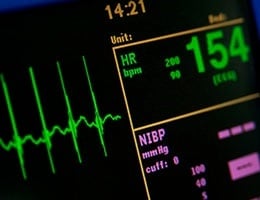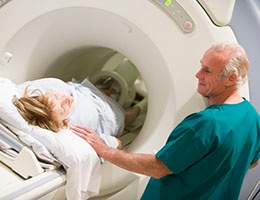
Thoracic aortic dissection (TAD) is one of the most dramatic and life-threatening conditions encountered in all of medicine. Every year in the United States, there are an estimated 6,000 to 10,000 cases of TAD. Since it is an uncommon condition compared to the 5 million ED chest pain visits and more than 1 million acute myocardial infarctions, most physicians have diagnosed and treated only a few patients with TAD during their careers.










